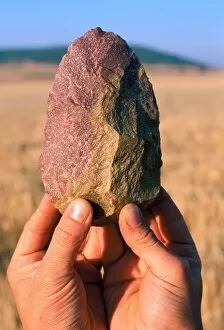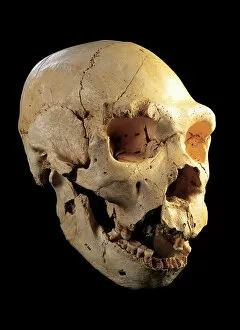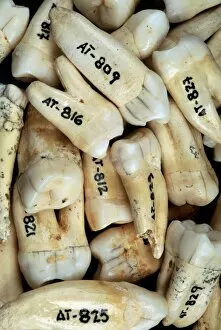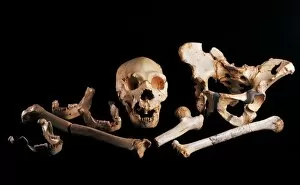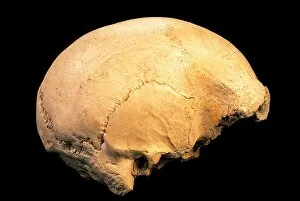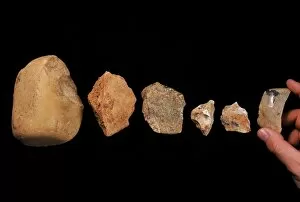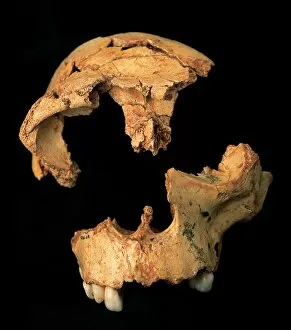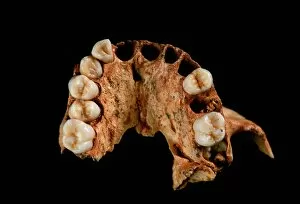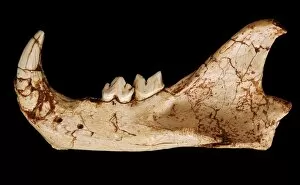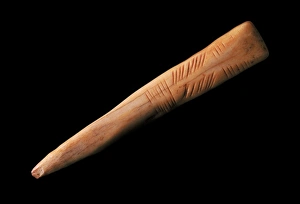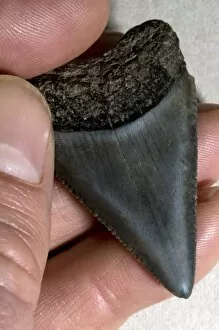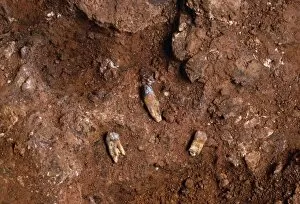Palaentological Collection
"Paleontological Discoveries Unearthed
All Professionally Made to Order for Quick Shipping
"Paleontological Discoveries Unearthed: Journey into the Ancient Cueva Mayor Cave and Atapuerca C018/9949" Embarking on a thrilling expedition deep within the mysterious Cueva Mayor cave, paleontologists have unraveled astonishing secrets from our prehistoric past. The exploration of Atapuerca C018/9949 has yielded remarkable findings that shed light on the enigmatic world of ancient creatures. Among these extraordinary discoveries is a fossilized frontal bone found in Gran Dolina, offering an intriguing glimpse into the anatomy of long-extinct species. Equally fascinating are stone tools unearthed at Gran Dolina, providing evidence of early human ingenuity and resourcefulness. Delving further into Sima de los Huesos, researchers stumbled upon a bear tooth - a testament to the diverse range of fauna inhabiting this once-thriving ecosystem. Additionally, an animal tooth discovered in Gran Dolina adds another piece to the puzzle of Earth's rich biodiversity during bygone eras. One particularly captivating find is Skull 5 from Sima de los Huesos; its well-preserved state provides invaluable insights into our evolutionary history. Fossilized remains scattered throughout Sima de los Huesos offer glimpses into ancient life forms that roamed these lands millions of years ago. Notably, an intact bear skull was uncovered amidst these fossil-rich grounds – revealing details about both predator and prey relationships in this primeval landscape. The abundance of fossilized skulls further emphasizes the significance of Sima de los Huesos as a treasure trove for paleontological research. Further excavation efforts at Galeria have led to remarkable finds such as a bear jaw and fossilized teeth from Sima de los Huesos. These tantalizing remnants paint vivid pictures of how these magnificent creatures lived and interacted with their environment.

